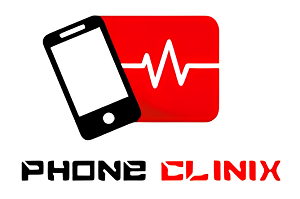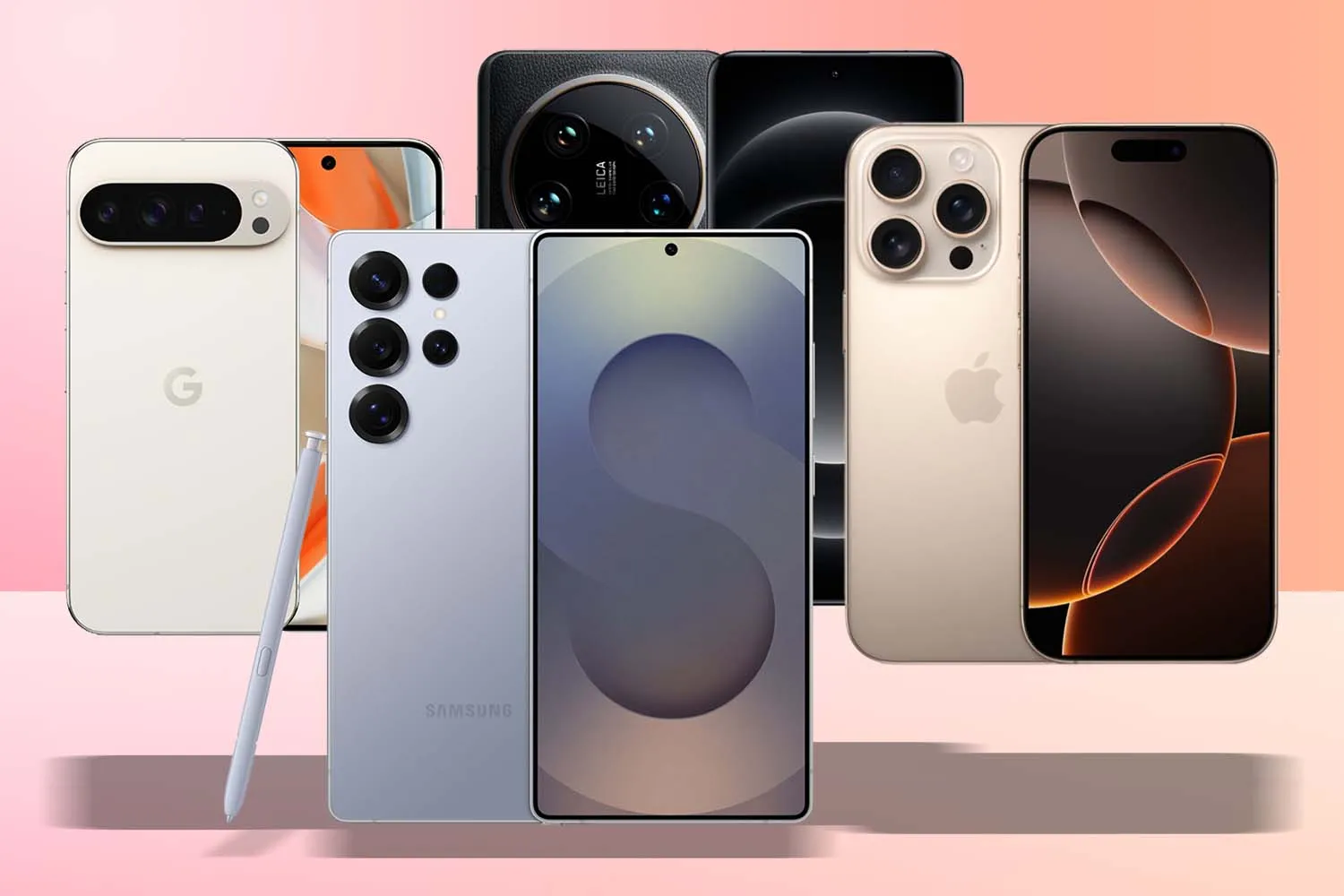The way we power our devices is undergoing a quiet revolution. From the early days of bulky power bricks and tangled cords, we’ve arrived at a point where wireless charging pads and stands are now standard accessories on desks and nightstands. But this transformation is far from over. In fact, the latest developments in wireless charging tech are poised to not only make our lives more convenient but also to future-proof our devices in ways we never imagined.
As the world shifts toward a more wireless and seamless experience, consumers and tech companies alike are looking for ways to stay ahead of the curve. One often-overlooked component of this evolution is phone diagnostic software, which plays a key role in optimizing and supporting new charging innovations. Let’s explore how wireless charging is evolving, how phone diagnostics support this future, and what users can expect in the coming years.
The Rise of Wireless Charging
Wireless charging technology isn’t new—it’s been around in various forms for over a decade. However, the last few years have seen massive improvements in both speed and efficiency. Initially mocked for being too slow or finicky, wireless charging is now closing the gap with wired chargers thanks to advancements like Qi wireless charging standards, MagSafe, and multi-coil designs that allow for more forgiving device placement.
Manufacturers like Apple, Samsung, and Google have made wireless charging a core feature of their smartphones. Meanwhile, other industries, including automotive and consumer electronics, are incorporating wireless power into their products. The goal is clear: eliminate cords and make charging as frictionless as possible.
Future Trends in Wireless Charging
To truly future-proof your charging, understanding the trends on the horizon is crucial:
1. True Long-Range Wireless Charging
The dream of charging your phone across the room without even setting it down is becoming a reality. Companies like Ossia and Energous are developing RF-based charging systems that can send power over the air to compatible devices. Although still in early stages, these technologies are expected to become more mainstream in the next few years.
2. Increased Charging Speeds
Wireless charging was once limited to around 5W of power, which was painfully slow. Modern chargers now support up to 50W or more, rivaling and even surpassing some wired fast-charging solutions. As chips become more efficient and battery chemistries improve, expect wireless charging speeds to continue increasing.
3. Integration with Smart Furniture and Infrastructure
Imagine placing your phone on a restaurant table or your car’s dashboard and having it charge instantly. Smart furniture equipped with embedded charging coils is on the rise, and businesses are quickly adopting the trend to appeal to tech-savvy consumers.
4. Multi-Device and Cross-Platform Compatibility
Next-gen wireless charging stations are being designed to power multiple devices—phones, earbuds, smartwatches—all at once. And thanks to improved universal standards like Qi2, even cross-brand compatibility is becoming less of a headache.
The Role of Phone Diagnostic Software in Wireless Charging
While wireless charging hardware gets most of the attention, phone diagnostic software plays a vital behind-the-scenes role in ensuring everything works smoothly. Here’s how:
1. Battery Health Monitoring
Phone diagnostic software continuously monitors the condition of your battery. With wireless charging generating more heat than traditional charging, it’s critical to have software that can detect overheating or degradation early. This can prevent long-term battery damage and extend the life of your device.
2. Charge Optimization
Advanced diagnostics can analyze charging patterns and recommend the best times and methods for charging to maximize efficiency and battery lifespan. Some phones now include features that learn your habits and pause charging overnight, only finishing up right before your alarm goes off.
3. Compatibility Checks
With so many different wireless charging standards and accessories on the market, diagnostic tools help verify whether your phone is communicating properly with the charging pad. This can avoid issues like slow charging, inconsistent connections, or total failure to charge.
4. Firmware and Software Updates
Wireless charging systems often rely on software to manage power flow. Diagnostic apps can alert users when updates are needed or when a firmware mismatch is causing inefficiencies.
5. Usage Analytics
Understanding how your phone is charged, how often, and under what conditions helps manufacturers design better power systems. Many diagnostic tools anonymously collect this data to improve future updates and innovations.
Real-World Examples
Some leading apps and tools exemplify how phone diagnostic software supports modern charging technologies:
- AccuBattery (Android): Tracks battery health, charge speed, and capacity.
- CoconutBattery (macOS/iOS): Offers detailed insights into iPhone charging behavior and battery cycles.
- Phone Doctor Plus: Offers over 30 diagnostic tests including battery and charging performance.
These tools are increasingly being bundled with manufacturer apps, allowing for real-time monitoring and even predictive maintenance alerts.
How to Future-Proof Your Charging Setup
If you’re ready to embrace the future of wireless charging, here’s how to get started:
1. Choose Qi-Certified Products
Always select wireless chargers that are Qi-certified. This ensures safety, efficiency, and compatibility with a wide range of devices.
2. Invest in Fast Wireless Chargers
Look for chargers that support high-speed wireless charging (15W and above). These are becoming the standard and can drastically cut down your charge time.
3. Utilize Phone Diagnostic Software
Download a reputable diagnostic app to keep tabs on your device’s battery health and charging behavior. This can help you catch issues early and adjust your habits accordingly.
4. Use Smart Charging Features
Many phones now include AI-powered charging features. Make sure these are enabled to take full advantage of charge optimization and longevity benefits.
5. Stay Updated
Both your phone and wireless charger may receive firmware updates. Keep everything updated to ensure compatibility and performance improvements.
Challenges Ahead
Despite all the progress, wireless charging still faces some hurdles:
- Heat Management: Wireless charging tends to generate more heat, which can harm battery health over time. This makes thermal regulation a critical area of focus for both hardware and software developers.
- Efficiency: Even the best wireless chargers lose more energy to heat and transmission loss compared to wired charging.
- Cost: High-speed wireless chargers and smart furniture with embedded coils still carry a premium price tag.
Fortunately, phone diagnostic software is helping to overcome these barriers by ensuring that users are informed, and systems are running optimally.
Conclusion
The world of wireless charging is evolving rapidly, offering not just convenience but also the promise of a cable-free future. As we move toward faster, smarter, and more integrated solutions, phone diagnostic software will be more important than ever. It acts as the bridge between hardware and user, enabling safe, efficient, and future-ready power management.
By staying informed and leveraging diagnostic tools, you can make smarter decisions about your devices and truly future-proof your charging setup. Whether you’re an early adopter or just beginning to explore wireless charging, there’s never been a better time to cut the cord—and keep your phone powered up for whatever the future brings.



